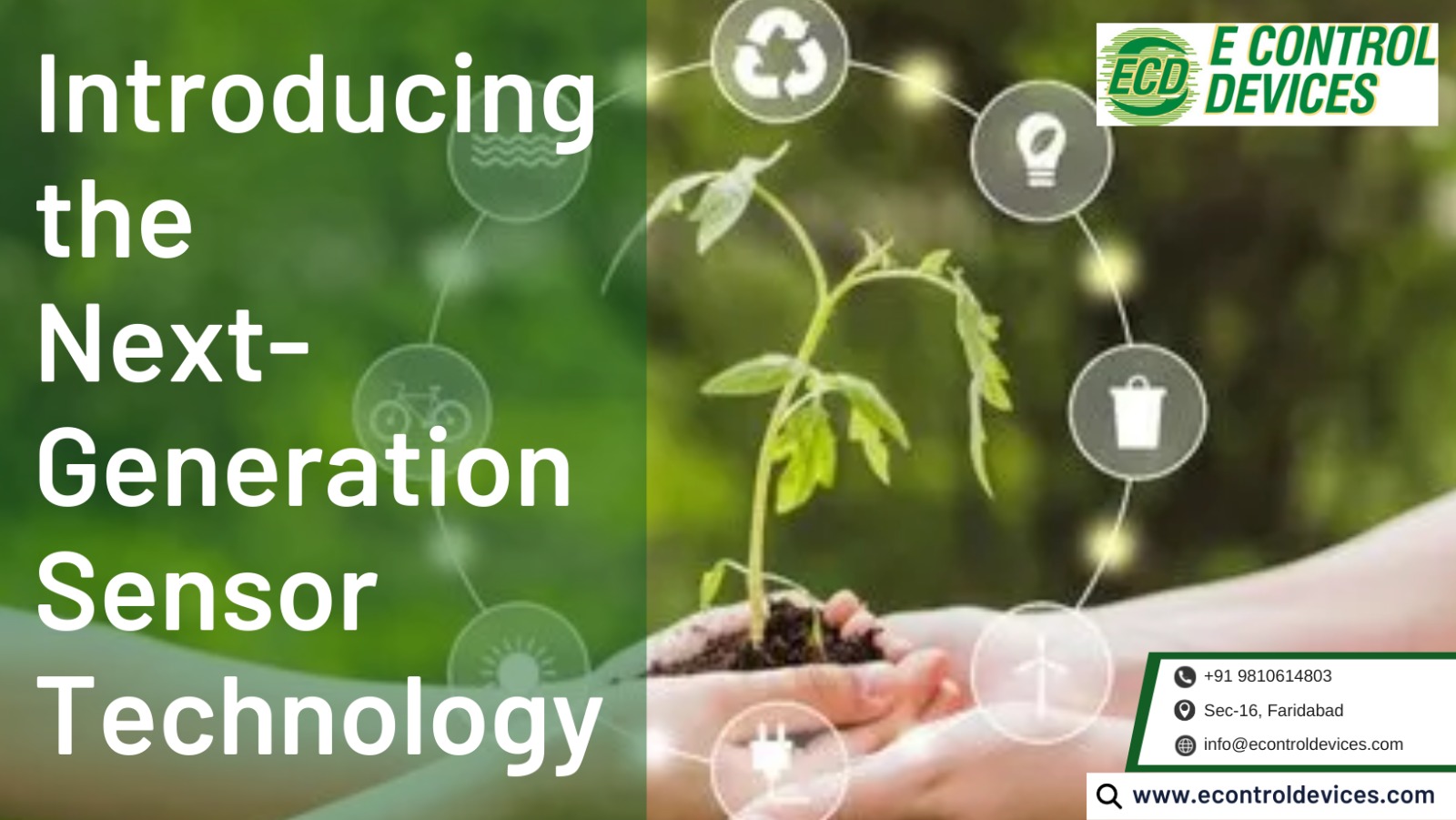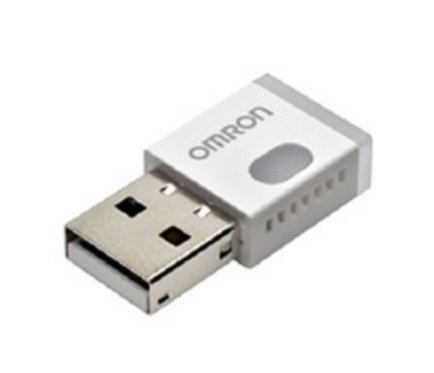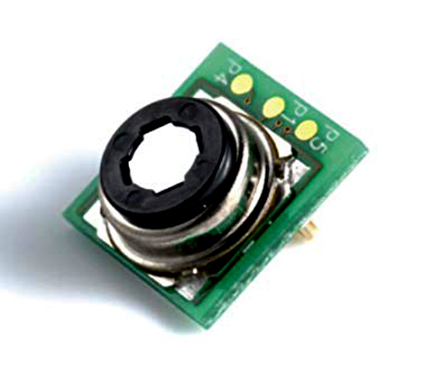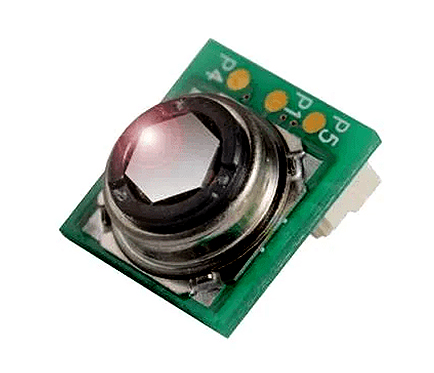Environmental monitoring helps us gain insights into various aspects of our surroundings, such as air quality, water quality, soil health, biodiversity, and climate patterns. It provides the foundation for evidence-based decision-making and the development of effective environmental policies. By monitoring environmental indicators, we can detect trends, identify emerging issues, and monitor the success of conservation and remediation efforts.
Despite the recognized importance of environmental monitoring, it faces several challenges that limit its effectiveness. Traditional monitoring methods often rely on manual sampling, which is time-consuming, costly, and provides limited spatial and temporal coverage. This approach hinders our ability to capture real-time data and accurately assess environmental conditions.
These innovative sensors are designed to offer enhanced precision, accuracy, and sensitivity in measuring environmental parameters. They leverage cutting-edge technologies like nanotechnology, the Internet of Things (IoT), artificial intelligence (AI), and machine learning (ML) algorithms to provide real-time data, automated analysis, and predictive capabilities. Furthermore, these sensors are often more cost-effective, scalable, and capable of seamless integration with existing monitoring systems.
Introducing the Next-Generation Sensor Technology
To address the limitations of traditional monitoring methods, next-generation sensor technology offers innovative solutions that revolutionize environmental monitoring. Next-generation sensors leverage cutting-edge technologies such as miniaturization, wireless connectivity, advanced data processing algorithms, and remote sensing capabilities. These sensors are capable of capturing a wide range of environmental parameters, including air pollutants, water quality indicators, soil moisture, temperature, humidity, and more. They provide continuous, high-resolution data, allowing for better monitoring of environmental conditions across different spatial and temporal scales.
Why do we need innovative sensor solutions?
The limitations of traditional sensors emphasized the need for innovative sensor solutions in environmental monitoring. The rapid advancements in technology, such as microelectronics, wireless communication, and data analytics, opened up new avenues for sensor development. Innovative sensor solutions were sought to overcome the drawbacks of traditional sensors and address emerging environmental challenges.
These innovative sensors are designed to offer enhanced precision, accuracy, and sensitivity in measuring environmental parameters. They leverage cutting-edge technologies like nanotechnology, the Internet of Things (IoT), artificial intelligence (AI), and machine learning (ML) algorithms to provide real-time data, automated analysis, and predictive capabilities. Furthermore, these sensors are often more cost-effective, scalable, and capable of seamless integration with existing monitoring systems.
Best Offers Available
Key Features and Advantages of Sensors in Environmental Monitoring
The field of sensor technology has witnessed a remarkable evolution over the years, transforming the way we perceive and monitor the environment. To understand the significance of next-generation sensors, it is essential to explore the benefits they have provided to the present day.
1. Advanced data collection capabilities
Next-generation sensors are equipped with advanced data collection capabilities that enable them to gather a wealth of information about the environment. These sensors can measure multiple parameters simultaneously and offer a broader scope of data, allowing for a comprehensive understanding of environmental conditions.
2. Increased accuracy and precision
Accuracy and precision are crucial factors in environmental monitoring. Next-generation sensors employ cutting-edge technologies, such as improved sensors, calibration techniques, and signal processing algorithms, to provide highly accurate and precise measurements. This ensures that the collected data is reliable and can be used with confidence for scientific research, policy-making, and resource management.
3. Real-time monitoring and remote access
Real-time monitoring is a game-changer in environmental sensors. Next-generation sensors can provide instant and continuous data updates, allowing for timely responses to changes in environmental conditions. Moreover, these sensors often offer remote access through web-based interfaces or mobile applications, enabling users to monitor the environment from anywhere at any time. Real-time and remote monitoring empowers researchers, environmental agencies, and stakeholders to make prompt decisions and take necessary actions.
4. Integration with the Internet of Things (IoT)
Next-generation sensors seamlessly integrate with the Internet of Things (IoT) ecosystem. By connecting to IoT networks, these sensors become part of a larger interconnected system, enabling seamless communication, data sharing, and analysis. The integration with IoT enhances the functionality of environmental monitoring by enabling automated data collection, remote control of sensors, predictive analytics, and the ability to respond to environmental changes in real time.
5. Cost-effectiveness and scalability
Cost-effectiveness and scalability are vital considerations for the widespread adoption of environmental monitoring systems. Next-generation sensors address these concerns by offering cost-effective solutions that can be scaled up to cover large areas or deployed in multiple locations. These sensors often leverage advancements in miniaturization, low power consumption, and wireless communication technologies, reducing installation and maintenance costs. This affordability and scalability make them accessible to a broader range of users, including researchers, government agencies, and even individuals interested in monitoring their local environment.
Sensor Technology
Areas of Application:
- Next-generation sensors are transforming air quality monitoring, enabling accurate and real-time detection of pollutants, aiding in the prevention of respiratory diseases, and improving overall environmental health.
1.
- With advanced sensor technology, water quality monitoring becomes more efficient and precise, ensuring safe drinking water, detecting contaminants, and safeguarding aquatic ecosystems.
2.
- Next-gen sensors facilitate soil and agriculture monitoring by providing essential data on moisture levels, nutrient content, and crop health, leading to optimized farming practices and increased crop yields.
3.
- Wildlife and ecosystem monitoring benefit from next-generation sensors, enabling researchers to track animal behavior, habitat conditions, and biodiversity, aiding in conservation efforts and ecosystem management.
4.
- Disaster and climate change monitoring leverage advanced sensors to detect and assess natural disasters, track climate parameters, and predict potential risks, enhancing preparedness, resilience, and mitigation strategies.
Conclusion
The prospects of next-generation sensor technology are promising. With ongoing advancements, these sensors have the potential to convert environmental conservation efforts. From proactive disaster monitoring to targeted climate change mitigation, they can help us make informed decisions and take timely actions. By harnessing the power of these sensors, we can pave the way toward a sustainable and resilient future for our planet.




